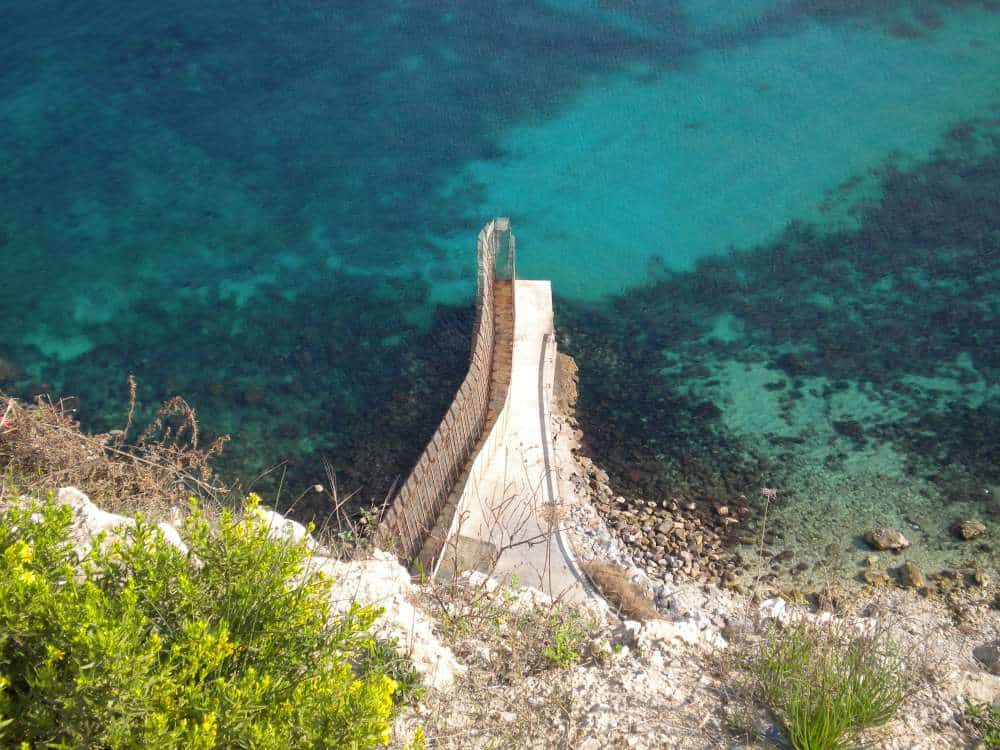It’s no longer all quiet on the western front. In recent years, Europe’s “fight against illegal migration” has alternately been broadcast from the militarised Greek-Turkish border and the deadly waters around the Italian island of Lampedusa. Yet now the migratory “crisis” has also reached Spain, whose interior minister recently declared an emergency in response to sub-Saharan migrants’ desperate attempts to charge across the fortified perimeters of the country’s North African enclaves, Ceuta and Melilla. Such man-made crises at the border, I argue in my forthcoming book Illegality, Inc., do not only involve recurrent human tragedies – they have also helped foment a complex and at times conflictive “illegality industry” around the control of irregular migration by land and sea into southern Europe.
Spain’s latest border emergency began on the morning of 6 February, when hundreds of sub-Saharan migrants made their way towards the EU-funded fences circling Ceuta. Pushed back by civil guards and Moroccan forces, they took to the sea, where 15 drowned. Amid the mounting controversies and accusations around this tragedy, the Spanish interior minister dug in his heels – and he did so by pulling that old skeleton out of the closet, the impending migrant invasion, while asking for an extra €45m of EU money to stop it. Some 30,000 (soon upped to 40,000) migrants were massing on the Moroccan side of the border, “police intelligence” said; another 40,000, the minister alleged, were waiting to cross further south, in Mauritania.
These are fanciful numbers, as critics have noted. There are hardly 40,000 irregular migrants in the whole of Morocco to begin with, and Mauritania is some 2,000 kilometres away from Spanish coasts. But no matter – newspaper front-pages soon regurgitated these “facts”, with one simply dividing the 80,000 figure by the number of border guards in the enclaves, arriving at “One guard for every 64 immigrants waiting for the assault [on the border fences]”.
This numbers game is drearily familiar terrain. In Italy, Berlusconi declared emergency amid the Tunisian boat arrivals of 2011, forcibly keeping them stranded on tiny Lampedusa in front of European media. In Spain, similar emergencies occurred in 2006, when journalists descended on the Canary Islands and Mauritania to report on a West African “exodus”, and in 2005, when the familiar 30,000 figure was used to whip up a moral panic around entries to Ceuta and Melilla. Again and again, inflated numbers and dramatic pictures are used to justify extraordinary measures. Through a vicious circle, “invasion” fears are churned through the media machine, building momentum for tougher border controls. And these controls, in turn, push migrants towards ever more desperate means of entry.
Europe’s efforts to control “illegal” migration, I found in my research on the Spanish-African frontier, in this way produce precisely what they are supposed to address – more migrant illegality, in increasingly distressing forms. This productivity is the main reason why I have approached Europe’s conjoined efforts to deal with irregular migration as an “illegality industry”. The productivity is two-way, creating both new modalities of “being illegal” and novel forms of organisation and collaboration at the border. The migrant “threat” has given old-fashioned border guards a new lease of life in a supposedly borderless Europe. It has provided aid organisations with needy beneficiaries, journalists with dramatic stories, and academics such as myself with a compelling topic of interest to funding agencies. It has spurred innovation in Europe’s defence industry and provided a source of income for private security firms engaged in detention or deportation. And, not least, it has distorted relations with non-European states and border forces through gifts, political favours and funds centred on mobility framed as a security risk.
Morocco is a striking example of this. It is no coincidence that, amid the Ceuta tragedy, the Spanish interior minister praised the Moroccans – who last year signed a “mobility partnership” with the EU – for their collaboration in border enforcement. Yet as I have discussed elsewhere, outsourced enforcement is part of the problem, not the “solution”. Through warped incentives, African forces and politicians increasingly need to maintain the migrant “threat” as a pressure point in negotiations. This, in turn, has stark consequences for the migrants targeted by controls, as highlighted by numerous human rights reports. The raids and police harassment mean that black migrants, increasingly singled out as “illegal”, often see no way out other than to leave in the most spectacular manner available – across the fences. Their entry attempts then justify more financial investments at the border.
Besides these financial dynamics, the migratory “threat” has also spawned various other economies, in the broadest sense of the term. Among these, the visual economy in which spectacular imagery from the border circulates, reaching wide audiences; an economy of migrant bodies, which are counted in interception tallies and put into forced circulation through expulsions and pushbacks; and a temporal economy, wherein prolonged migrant retention constitutes a form of deterrence or “investment” against further entries.
Yet despite these cold logics, the illegality industry is far from a smooth operation. Rather, through the growing stakes in combating migration, it constantly generates its own excesses and “externalities”, whether in the recurrent deaths at the border or in the sites of blockage and protest that emerge in Europe’s borderlands.
One simple fact is repeatedly lost amid the moral panics at the border: only a small fraction of all irregular migrants, let alone all immigrants, arrive in Europe by land and sea. Most simply take a plane, and overstay their visas. Yet regardless of the real numbers, border controls at the southern frontiers have become a large business with tragic and absurd consequences. Through it, Europe’s migrant “invasion” has become a perpetual nightmare of our own choosing, as seen in the waters outside Ceuta and at its looming steel fences, symbol of the futility of the fight against illegal migration.
This post continues Allegra’s thread of posts on the topic of BORDERS — if you missed the earlier conversation, join in here:
The Deportation Conundrum by Barak Kalir
The Arab Spring: The Imaginary Borders of a “Revolution” by Simone Maddanu
Globalization and its Borders by Ghassan Hage
A conversation with Heath Cabot on her new book on the Greek asylum crisis










